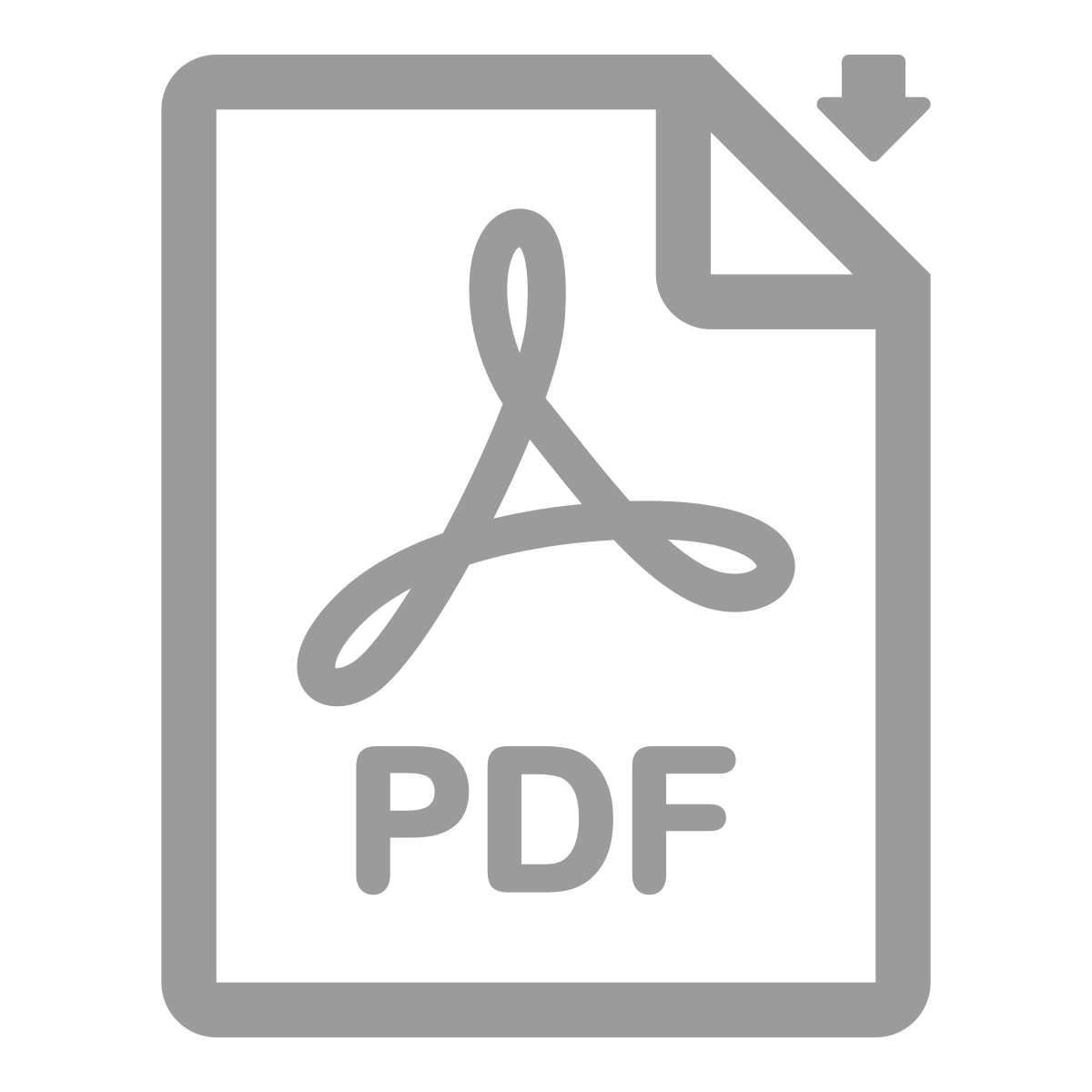The investigational atopic dermatitis (AD) agent temtokibart (LEO Pharma) hit its primary efficacy endpoint for three of the highest doses in Phase 2b data recently presented at the 2025 European Academy of Dermatology and Venereology (EADV) Conference in Paris, France.
Study investigator Michael Ardern-Jones, BSc, MBBS, MRCP, DPhil, FRCP, a Professor of Dermatology at the University of Southampton in Southampton, U.K., spoke to The Dermatology Digest® about the new target, the EADV findings, and why we need more AD therapies.
TDD: Tell us about temtokibart.
Michael Ardern-Jones, BSc, MBBS, MRCP, DPhil, FRCP: “Temtokibart is an investigational monoclonal antibody for the treatment of moderate-to-severe AD, which blocks the interleukin (IL)-22RA1 receptor subunit, thereby inhibiting the effect of the interleukin-22 (IL-22) cytokine and also the effects of IL-20 and IL-24 signaling. Temtokibart is interesting because it is targeting a totally brand-new pathway in AD. Treatments that work well for AD tend to focus on one particular part of the immune system called the Type 2 cytokines, which is based around the inflammatory signals that have been identified to be associated with certain immune cells in the skin called Type 2 cells. Temtokibart targets IL-22, which is not made by those particular cells.”
TDD: What do the new Phase 2b dose-finding results tell us about temtokibart?
Dr. Arden-Jones: “The early data is looking very promising in terms of the effectiveness. Patients received subcutaneous temtokibart at doses of 600mg, 450mg, 300mg, or 150mg, or placebo, with primary efficacy evaluation at Week 16. The primary endpoint is the percent change in Eczema Area and Severity Index (EASI) from baseline to Week 16. Temtokibart showed statistically significant reductions in EASI scores at Week 16 for the three highest doses. It’s really fantastic because it shows that there are more options for us in terms of treating patients with AD than simply going down the route of this one particular pathway. We have people who either don’t fully respond to all the classic treatments or don’t respond at all, so now there’s a logical reason to say why this might be the case. This new treatment would capture the small group of people who don’t respond to available AD systemics, but the early data that we’re seeing in this study suggest [others may also respond]. We saw a 50–60% improvement in disease severity, on average. That’s better than we would expect if all temtokibart was doing was targeting the group of patients who don’t do well with other treatments. It seems like this may be an added tool in our repertoire of therapies for people with AD, and that’s going to be really valuable. It’s almost certainly going to be more of a benefit to certain subgroups. At the moment, we haven’t defined which ones they are.”
TDD: What else differentiates temtokibart from other systemic AD treatments?
Dr. Arden-Jones: “In terms of speed of onset, it’s quick. We’re seeing a big improvement in the disease severity within four weeks in most cases, and that’s probably quicker than a lot of the other biologics. A lot of the other biologics take much more time than that to get to their best effect. With temtokibart, we’re getting most of the effect, at least in this early data, in the first six weeks, which is quicker than other biologics, and that may be partly to do with the mechanism, which is really very pleasing. The data we’ve got to date showing molecular changes really matches that. We see an improvement in skin barrier function. What’s almost more surprising is that the inflammatory signals we originally identified as Type 2 signals and drove the development of other targets are downregulated by temtokibart. Temtokibart seems to almost be repairing the epidermal barrier. As a consequence, it is also reducing the inflammation overall.”
TDD: What about dosing and scheduling?
Dr. Arden-Jones: “It’s still the early day. At the moment, it looks like how we load these patients is quite critical. By giving a higher dose at the beginning, we seem to be seeing more of an effect than we would if we gave a higher dose later on. We can then give a lower dose for the longer term, which may be beneficial for the patient because it would mean a smaller volume of injection and potentially less frequent injections. There may even be a possibility of getting to the point where we can start to withdraw treatments and look for signs of remission.”
TDD: How do you see temtokibart fitting in with the existing AD treatment armamentarium if it is approved?
Dr. Arden-Jones: “Despite the excitement, the early successes we’ve had with all these novel advanced therapies, when it comes to the real world in clinic, we still have a lot of patients who fail them and go from one to another. We see a lot of the common side effects. For example, ocular surface disorders seem to affect all of the Type 2 cytokine blockers, so having a biologic treatment that doesn’t cause ocular surface disorders is really exciting. We’re more and more confident about the safety of biologics. Temtokibart was well-tolerated across all doses, with no evidence of dose-dependent adverse events. The incidence of conjunctivitis was low, and there was no observed signal for herpesvirus infections.”


